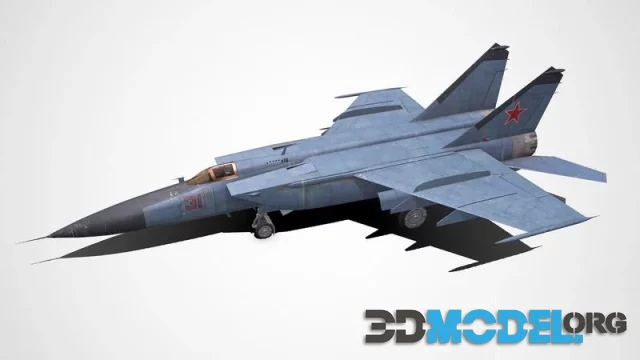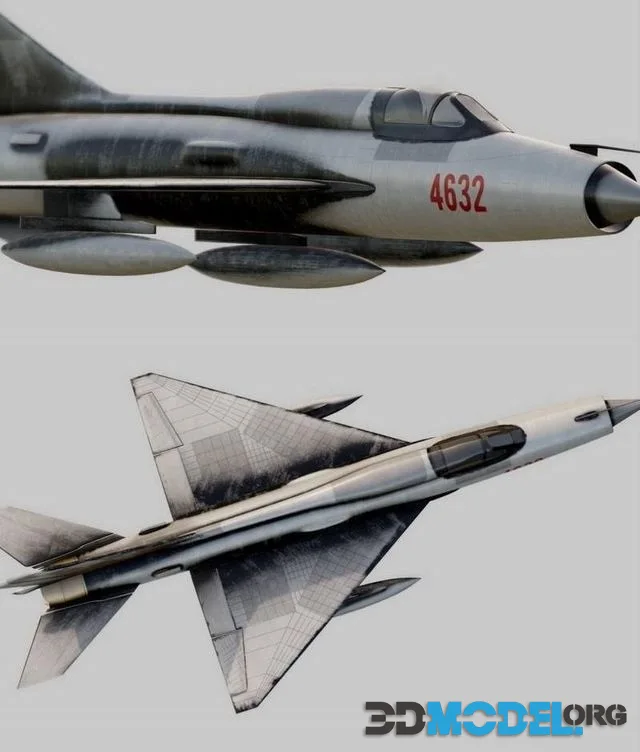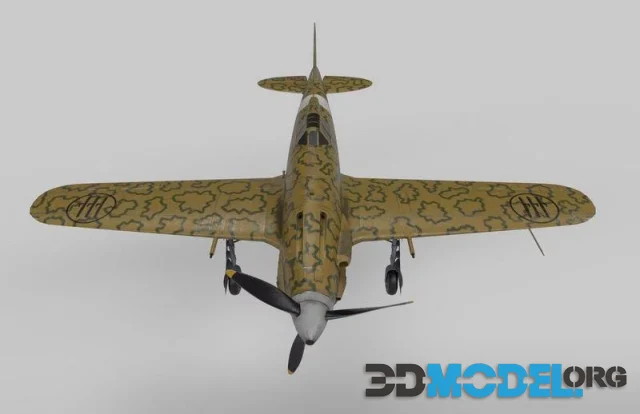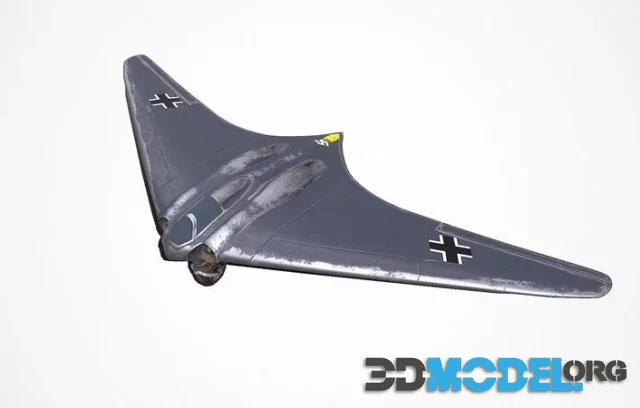Dornier Do217 E5 Hs 293 Missiles (PBR)
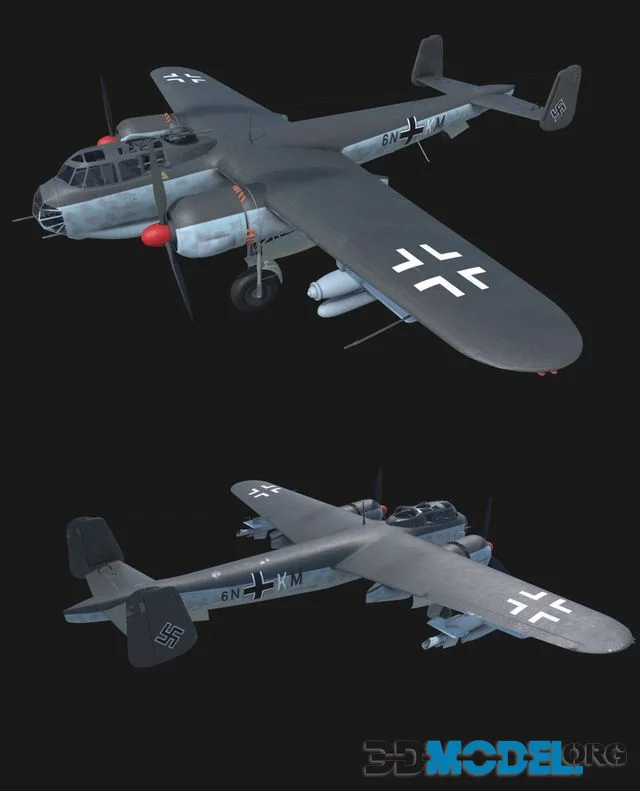
The Dornier Do 217 E-5, equipped with Hs 293 missiles, represents a significant milestone in the development of guided munitions during World War II. This German bomber was an evolution of the Dornier Do 217 series, specifically modified to carry and deploy air-to-surface missiles, showcasing advanced technology for its time.
The Do 217 E-5 maintained the robust and utilitarian design characteristic of the series, featuring a long, streamlined fuselage, a glazed nose section, and twin-engine nacelles housing powerful BMW 801 radial engines. These engines provided the bomber with enough power to carry its payload and reach operational altitudes effectively. The aircraft's wings were moderately tapered, with rounded wingtips, and its tail assembly comprised a conventional twin-fin design, ensuring stability during flight.
The Hs 293 missiles were the centerpiece of this aircraft's modifications. These early guided weapons were mounted under the wings and controlled via radio guidance. Each missile was essentially a glider bomb equipped with a rocket motor to extend its range and increase its speed toward the target. The Hs 293 was designed to target ships and fortifications, with a high degree of precision compared to traditional bombing techniques.
Inside the Do 217 E-5, the crew had a specialized setup to manage the missiles. The bombardier operated the guidance system from the glazed nose section, using a joystick and a visual tracking system to guide the missile to its target after release. This capability gave the Luftwaffe a significant tactical advantage in naval engagements and attacks on strategic infrastructure.
Operationally, the Do 217 E-5 with Hs 293 missiles was deployed primarily in anti-shipping roles. It was notably used in the Mediterranean and the Atlantic, where it posed a significant threat to Allied convoys. The combination of the aircraft's range, payload capacity, and missile accuracy made it a formidable asset in the Luftwaffe's arsenal.
Despite its advanced technology, the system had limitations, including vulnerability to electronic countermeasures and the need for clear weather to visually guide the missile. However, the Dornier Do 217 E-5 and its Hs 293 payload remain historically significant as a precursor to modern precision-guided munitions.
3d-model is executed in detail and quality. PBR-textures included.
File type: Max, Obj, Fbx
Ctrl
Enter
Noticed a misTake
Highlight text and press Ctrl+EnterRelated news:
Comments (0)

